Vehicle and Props Design GCD61804/Project2
Vehicle and Props Design
GCD61804/Project2
LIU CHENG RUI (0370930)
GCD61804/Vehicle and Props Design/ Bachelor of Design (Hons) in Creative Media / Taylor's University
INSTRUCTION
PROJECT 2 : PRODUCTION
Week 9 - Props Design
For the prop design, I want to create a small detection robot placed in the
vehicle. It is more sensitive and its compact size can pass through certain
special terrains more easily and is less likely to be detected.
Fig9.1 Detector mood board
For my small detector, I made three different sketches respectively based on
insects and tires as references.
Fig9.3 Cab mood board
In the sketch of the cab I designed, you can see that this is a vehicle
that can be driven by two people and contains various sophisticated
detection instruments, such as direction detection or signal detection,
etc.
Fig9.5 Cab sketches
Week 10 - Development & Refining
I colored the vehicle props designed last time. I chose to perfect the
gear-type detector and the crawler-type detector. Among them, the
gear-type detector is more lightweight and has two forms. One is the
mechanical leg in the moving state, and the other is the ordinary gear
in the disguised state. This can better confuse others and collect more
information.
Fig10.2 Gear-type detector (color)
As for the reptilian detector, it uses limbs similar to claws,
which is convenient for moving in complex terrain or for grasping
and disassembling. Its shell is sturdy and has higher defense
performance, adapting to radiation, corrosion or physical impact in
the waste soil environment.
Fig10.4 crawler-type detector (color)
For the design of my cockpit, it has the following functions.
First, functional coordination and backup mechanism: The
symmetrical two-seat design supports two-person collaborative
operation, enhancing the ability to deal with complex situations
in the wastelworld (such as one driving and the other controlling
weapons or navigation). Second, large Windows with an inclined
Angle: Enhance the environmental perception ability when driving
in the wilderness to deal with sandstorms or emergencies.
Fig10.6 Gear-type detector (color)
Week 11- Breakdown & Refining
This week, I further disassembled my vehicle props, covering
aspects such as functions and materials.
I named the first gear-type detector "Serrated Spider"
because it has both a gear-like shape and a spider-like leg
structure. It is a highly maneuverable detection unit
specially designed for wasteland environments. Its signature
giant serrated wheels can roll and advance in complex
terrains, and combined with six-legged mechanical limbs, it
achieves precise balance and crawling. The center is equipped
with a red vision sensor for infrared scanning and target
locking, and has basic combat capabilities and path breaking
functions.
Fig11.1 "Serrated Spider" breakdown diagram
I named the second reptile detector "Iron Spiny Worm"
because it is covered with iron armor on the outside and
is small and lightweight. It is a small, high-strength
stealth unit with arthropod-like claw feet and a thick
carapace structure, and has a powerful climbing ability.
It moves through underground passages and the interiors of
abandoned buildings in a compact manner, specifically
performing destructive and detection tasks in confined
Spaces.
Fig11.2 "Iron Spiny Worm" breakdown diagram
In addition, I also followed Mr. Kannan's suggestion. I
first modified the colors of some of the instrument panels
in the cab, such as adding some blue or green, which made
them look more like precision instruments. Afterwards, the
distortion and deformation tools in PS were used to expand
the driver's cab's field of view, as the previous field of
view was too flat.
Fig11.3 The deformation tool in PS
Fig11.4 The modified cab
Week 12- Cab refine
This week, I will show Mr. Kannan the completed cab
and props. Mr. Kannan thinks the overall effect is
very good. The cab's perspective looks much better.
Besides, Mr. Kannan suggested that I could add shadows
and other lighting in the cab.
Fig12.2 Cab refine
Fig12.5 Project 2 Compilation
FEEDBACK
week11
Your cab is well done. You can try adding some green or blue to these
instrument panels. Also, use the distortion tool in PS to expand your
cab. Then you can give your two props a name and disassemble them,
including materials and functions, etc.
week12
Mr. Kannan thinks the overall effect is very good. The cab's perspective looks much better. Besides, Mr. Kannan suggested that I could add shadows and other lighting in the cab.It's worth mentioning that my prop breakdown description seems to have too much text. Mr. Kannan believes that I could write down the main content, which would be more concise.
REFLECTION
Experience
This project made me realize that design is not merely about drawing good-looking things, but rather about creating a credible and aesthetically pleasing prop or vehicle through the coordination among form, structure and function. I also realized that in the early stage of design, one should try out more combinations of different shapes instead of locking onto ideas right from the start. At the same time, a simple and powerful composition is more likely to convey the core concept than a complex but chaotic design. In the future, I will pay more attention to the unity of design logic and expression, so that every styling decision is more based on solid grounds.
Observation
During this design process, I drew inspiration from reference diagrams, mechanical structures and functional uses, and observed the proportional relationships, structural combinations and functional performances of various vehicles and props. Through the initial sketches, I found that different proportions and shapes will directly affect the personality and recognition of a design. Furthermore, I have also observed that the overall outline in the composition plays a crucial role in conveying the design intent, especially when multiple elements are combined, the arrangement of visual layers is of great significance.
Findings
I find that whether a design is reasonable often depends on the coordination between its function and structure. For instance, the crawler type's track structure emphasizes stability and is more suitable for rough terrain, while the gear-type's tire structure highlights flexibility and rapid movement, clearly reflecting their respective functional positioning. In addition, different shape languages can convey different emotions and uses. For instance, round designs appear more approachable, while sharp or angular structures are more tech-savvy and aggressive. Through continuous attempts, I have found that appropriately controlling details and maintaining a clear outline are important methods to enhance the overall design expressiveness.



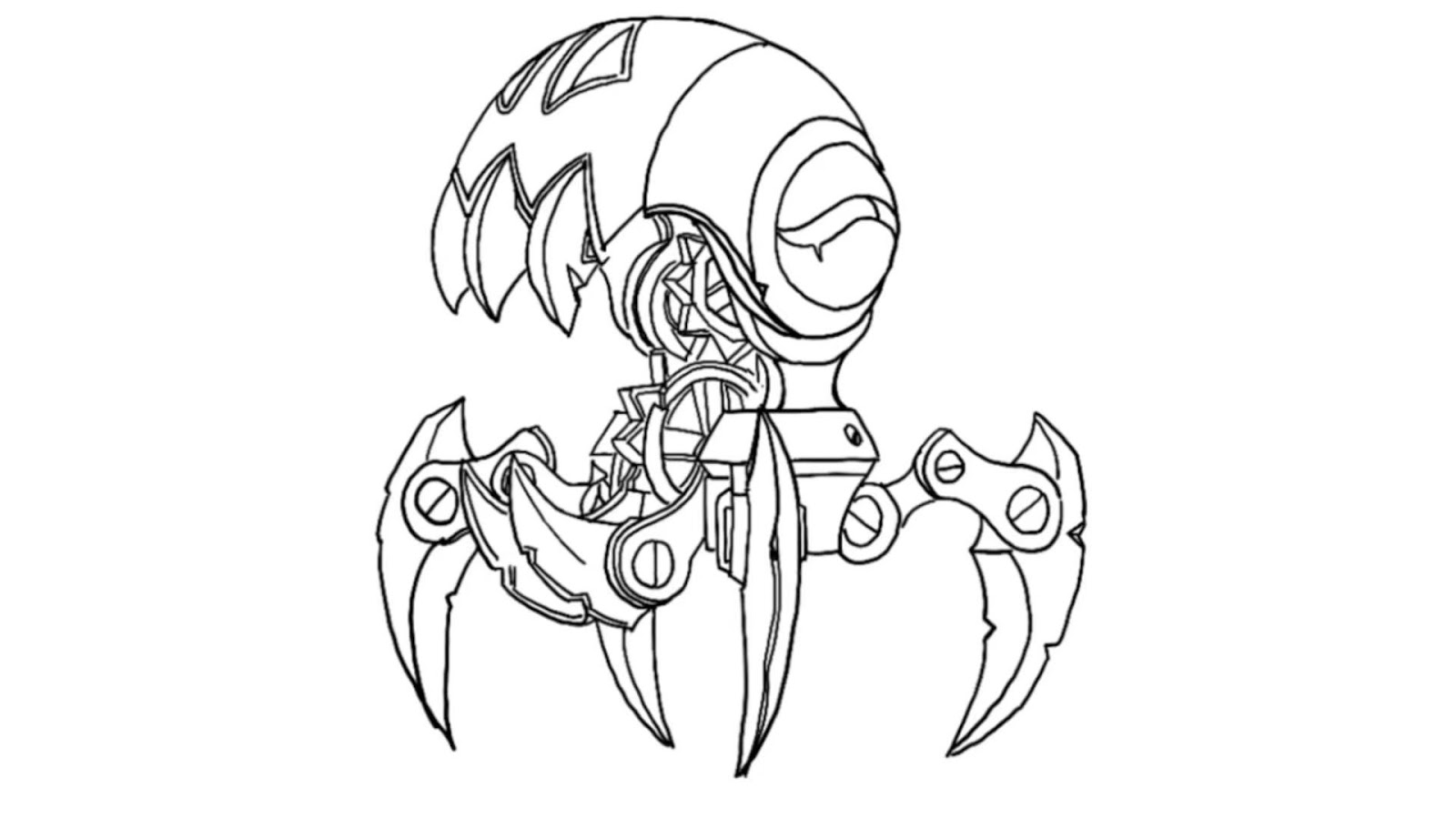

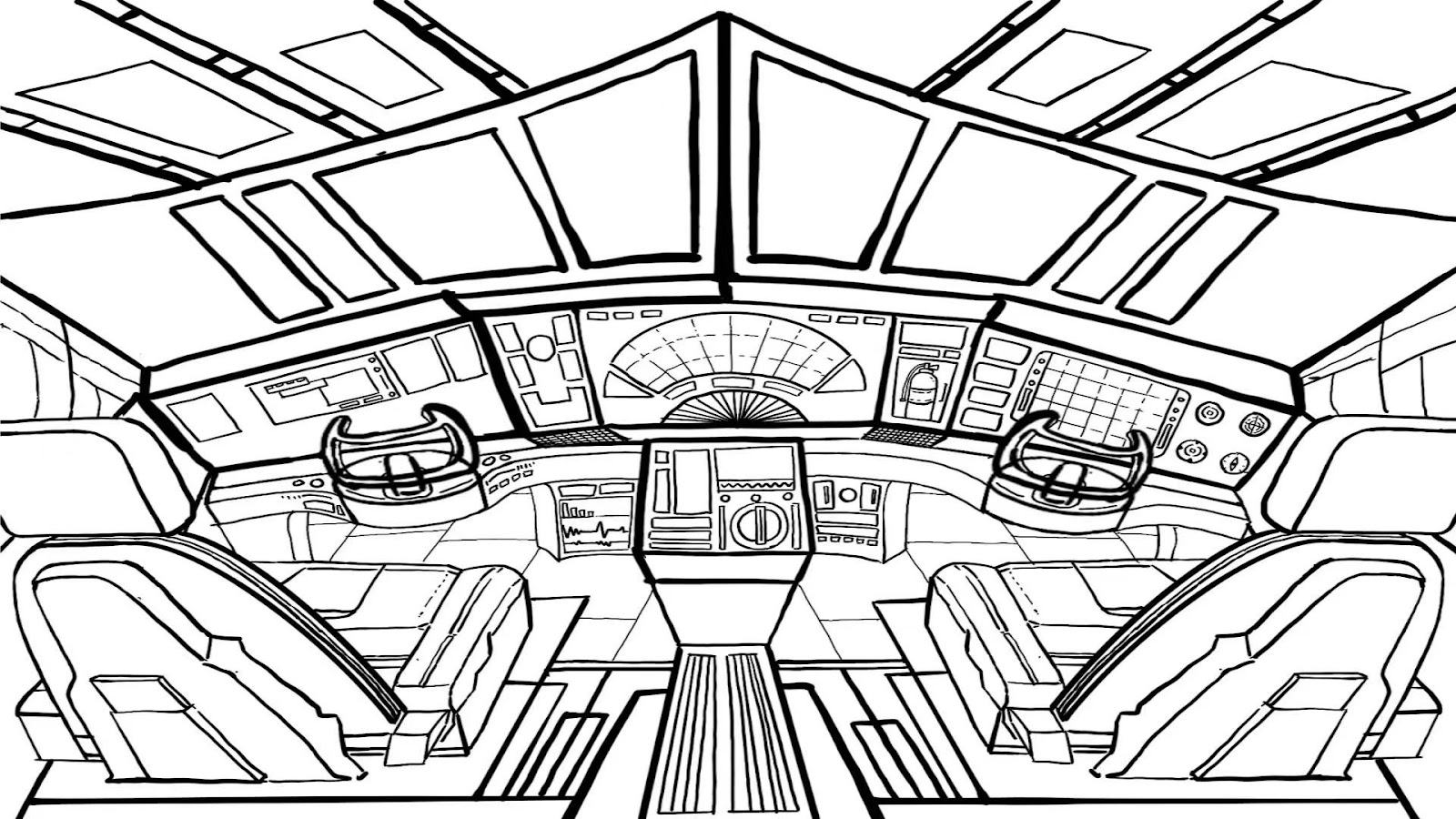



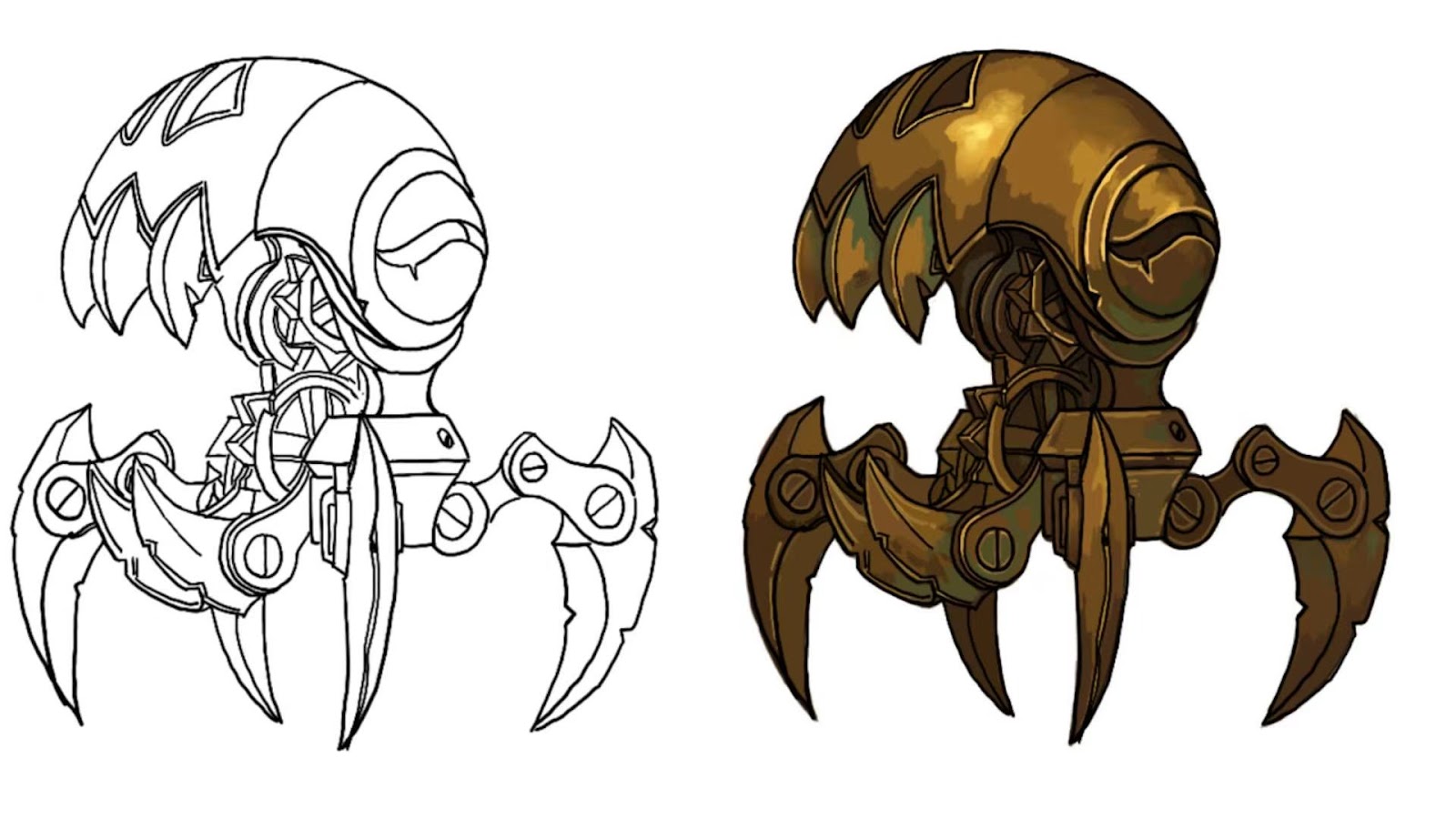

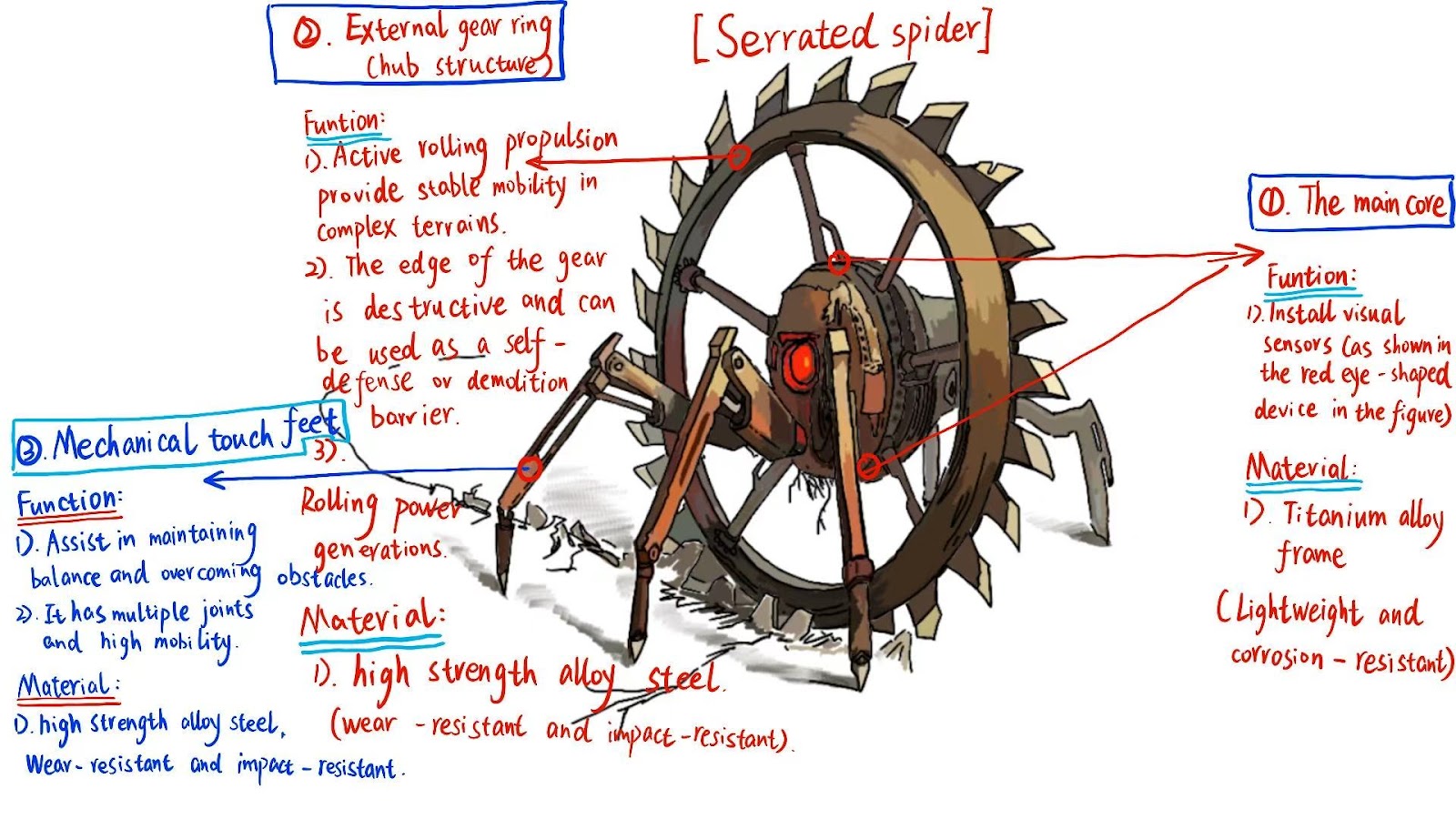




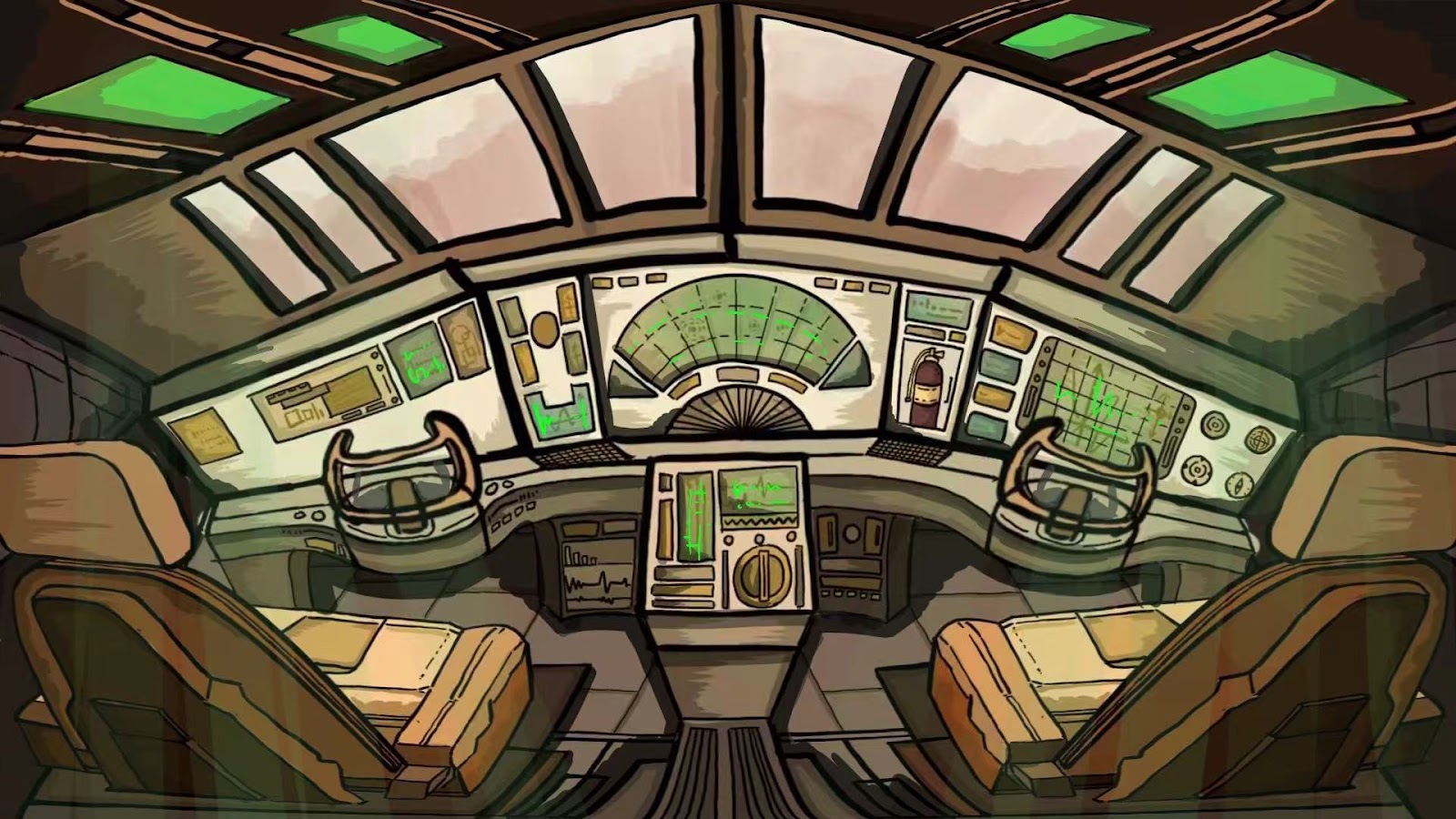





Comments
Post a Comment